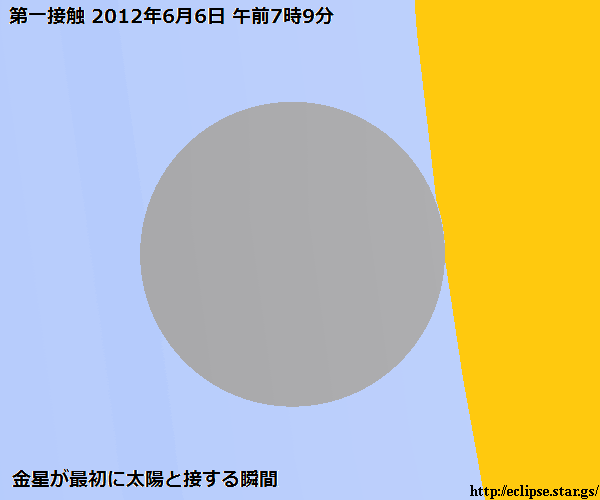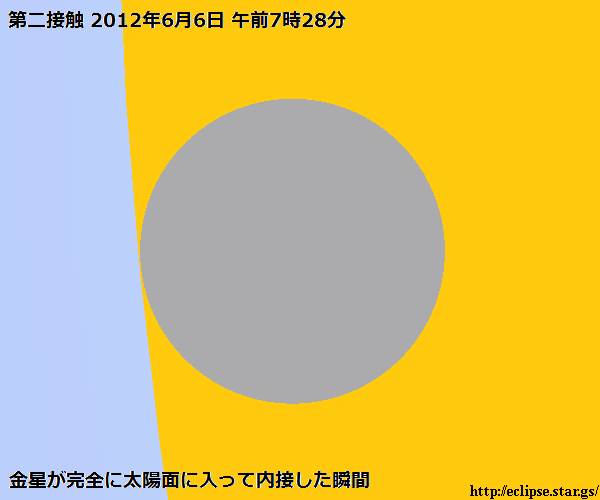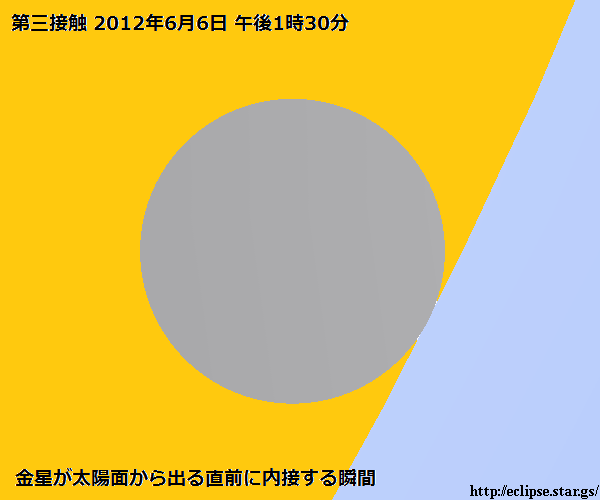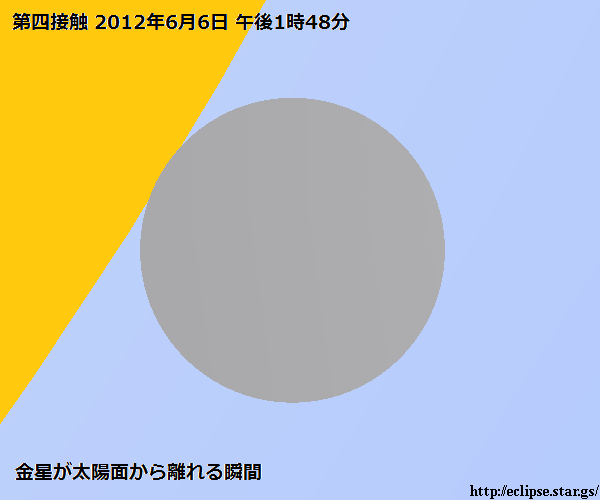§Transit Series 4
Transit Contact Times (UT)
------------------------------------- Minimum Sun Sun Transit
Date I II Greatest III IV Sep. RA Dec GST Series
h:m h:m h:m h:m h:m " h �� h
-1763 Nov 20 21:46 - 22:56 - 00:06 966.6 14.831 -16.65 2.961 4
-1520 Nov 20 21:41 22:16 23:44 01:12 01:47 871.8 14.961 -17.21 3.099 4
-1277 Nov 22 21:28 21:53 00:09 02:24 02:49 760.3 15.090 -17.74 3.237 4
-1034 Nov 22 21:38 22:00 00:42 03:24 03:45 665.6 15.223 -18.25 3.376 4
-0791 Nov 22 21:19 21:38 00:43 03:49 04:07 553.1 15.355 -18.74 3.514 4
-0548 Nov 22 21:15 21:33 00:54 04:15 04:32 451.2 15.489 -19.21 3.652 4
-0305 Nov 23 20:39 20:56 00:30 04:04 04:20 335.5 15.623 -19.66 3.789 4
-0062 Nov 23 20:19 20:34 00:16 03:58 04:14 229.8 15.759 -20.08 3.927 4
0181 Nov 22 19:36 19:52 23:39 03:27 03:42 114.3 15.895 -20.48 4.064 4
0424 Nov 22 19:01 19:17 23:05 02:54 03:10 9.6 16.033 -20.86 4.201 4
0667 Nov 23 18:20 18:36 22:24 02:11 02:27 99.2 16.172 -21.21 4.338 4
0910 Nov 23 17:28 17:44 21:28 01:11 01:27 207.9 16.312 -21.53 4.475 4
1153 Nov 23 16:45 17:01 20:38 00:15 00:31 307.6 16.454 -21.83 4.613 4
1396 Nov 23 15:43 16:00 19:25 22:49 23:06 424.3 16.595 -22.10 4.750 4
1639 Dec 04 14:57 15:15 18:25 21:36 21:54 523.6 16.738 -22.34 4.888 4
1882 Dec 06 13:57 14:17 17:06 19:55 20:15 637.3 16.881 -22.56 5.025 4
2125 Dec 08 13:15 13:38 16:01 18:24 18:48 736.4 17.026 -22.74 5.163 4
2368 Dec 10 12:29 13:00 14:45 16:31 17:01 836.4 17.172 -22.90 5.301 4
2611 Dec 13 12:04 13:07 13:34 14:01 15:04 934.8 17.319 -23.03 5.440 4
2854 Dec 14 - - 12:19 - - 1026.7 17.466 -23.12 5.578 4
Transit of Venus usually occur in pairs eight years apart on the day. This is the same for almost 13 years as the length of the length of the eight-year Venus Earth, Venus and the Earth every eight years so get in the same position. This proximity to the sun causes the passage in pairs but sufficient to cause the sun to pass through three successive times is not enough.
For example, on June 6, 2012 June 8, 2004 transit of Venus happens. However, on June 3, 2020 after nearly eight years that is about 50 minutes when 18 (UTC) of about 0.5 degrees in the center of the sun, Venus (similar to the sun's apparent diameter) only approach the end, transit the sun does not occur. Happened in the last passage for the sun occurred in 1153. Years 2733 and 2741 years have come in pairs, the year 2846 will not occur in pairs so slightly away from the surface of Venus solar cycle 4.
The year 2611, Venus will be just outside the sun as seen from the center of the Earth as seen from the southern part of the sun to pass through only a part (north of Lima in Peru, the rim of the sun Venus While passing through the solar surface in contact with.) Simulation year 2854 was, to see the transit of Venus across the sun on the earth are away at the edges of the Antarctic sun is not tight.
|
 §Japan is seen in the transit of Venus across the sun on June 06 2012. Earth seen from Earth when Venus aligned with the sun, Venus can be seen how the move to the front of the sun. This phenomenon is a phenomenon in eight years since 2004, not seen until 11 December 2117 and miss it.
§Japan is seen in the transit of Venus across the sun on June 06 2012. Earth seen from Earth when Venus aligned with the sun, Venus can be seen how the move to the front of the sun. This phenomenon is a phenomenon in eight years since 2004, not seen until 11 December 2117 and miss it.








